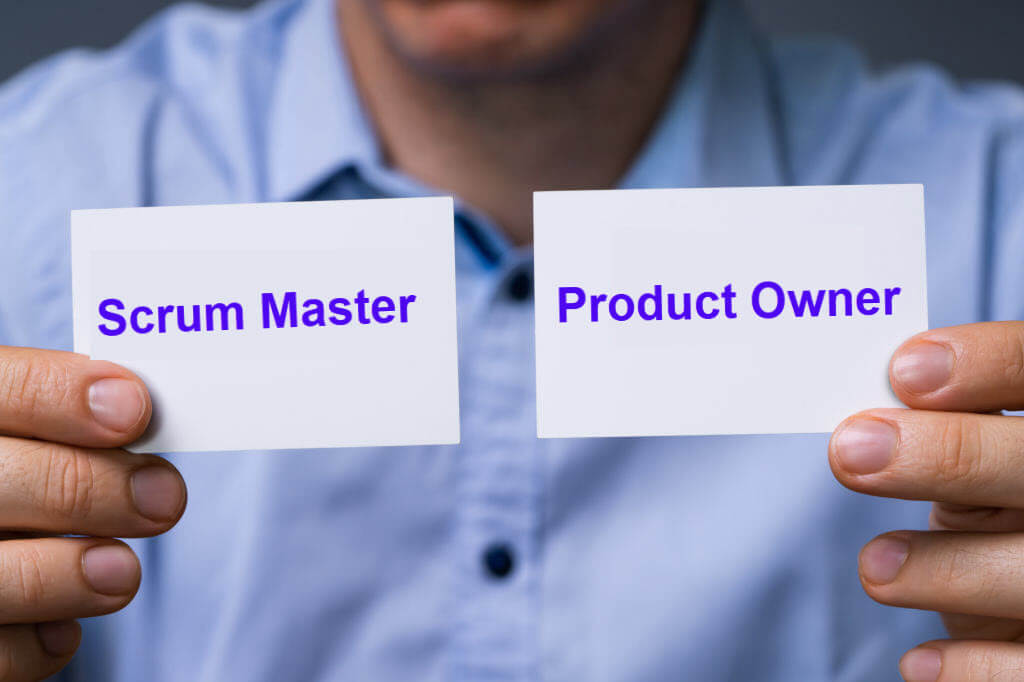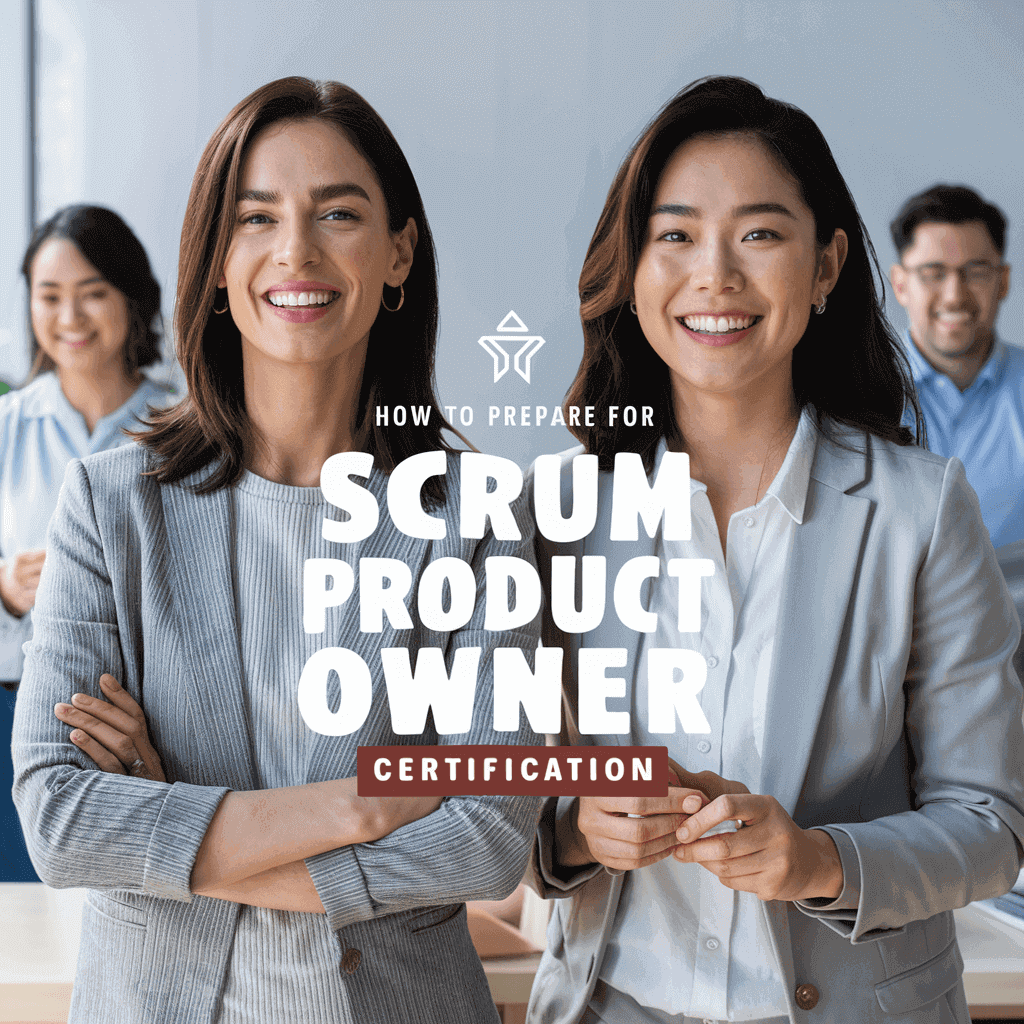Unlike project management which has a long history of documentation and evidence describing its methodology in detail, the discipline of product management is relatively new. Product management is slowly gaining popularity in the past 20 years, with new knowledge and experienced product managers elaborating and documenting its principles. The roles and responsibilities of a product manager can be approximately compared to that of a project manager. However, they are completely different and focus on two different aspects of product delivery. For those who are unaware of the difference, it is easy to confuse the two designations altogether. The same is true for a Scrum Master (SM) and a Product Owner (PO).
These two positions are often confused to be the same. When the truth is that they are most certainly not. Both Scrum Masters and Product Owners are responsible for actively engaging with the product development teams. However, they have different areas to monitor. The agile framework of project management has introduced the concept of scrum and scrum teams. An SM and PO are an integral part of a scrum team. To establish the difference between a scrum master and a product owner, we must first understand each designation and its responsibilities.

Jump ahead to
Roles and Responsibilities of a Scrum Master
A Scrum Master is responsible for ensuring that the Scrum Framework is effectively implemented in the product or software development process. They play an important part in making sure that the product development team is aware of the scrum guide and the scrum events. These professionals actively participate in arranging daily scrum meetings and collaborating with the scrum product owner to facilitate the smooth functioning of the product development process. Scrum Masters coordinate with the product owners to plan and create the sprint backlog. Their role is to act as a coach or mentor to the product or software development teams.
Roles and Responsibilities of a Product Owner
In Product Management, a Product Owner (PO) and a Product Manager (PM) is also confused to mean the same. While product managers help their organizations in creating a product vision, product owners are responsible to ensure that the product development team understands this product vision and operates accordingly. Product Owner often collaborate with the scrum master to create and maintain the product backlog. They attend scrum meetings conducted by the scrum master and ensure that the scrum framework is maintained throughout the product development process. Additionally, they also prepare the user stories and epics by communicating with the users of the organization.
Scrum Master vs Product Owner
Now that we have established the roles and responsibilities of SMs and POs, it is easy to know the difference between the two designations. A scrum master acts as a mentor to the entire product or software development team. Whereas the product owner is responsible to ensure that the product vision created by the product manager is communicated with the team and achieves product delivery success. Listed below are some of the key takeaways that sum up the roles and responsibilities of a scrum master and a product owner:
- A scrum master ensures that the scrum framework is maintained in the product development process by being the coach or mentor to the team. Product owners assist scrum masters to achieve this to reach their goal of delivering successful products for their organizations.
- Scrum masters and product owners collaborate to organize daily scrum meetings and events for the product development team to attend.
- These two also help in maintaining the product backlogs through sprint planning meetings.
- A product owner is actively involved in the product development process. While a scrum master helps the product owner assist the product development team in reaching the target by removing obstacles.
- Scrum masters communicate with the stakeholders, the project manager, the product manager, the product owner, and the product development team. They must maintain a steady channel of communication between these professionals to achieve the expected product delivery.
- Product owners communicate with the scrum master and the product development team to deliver a successful product for their organizations. This also includes participating with users of the organization to get their feedback about the product. They understand the user perspective and help their organization create products by analyzing user stories and epics.
Can they both be the same?
The simple answer to this question is – No. Both Scrum Masters and Product Owners represent two important aspects of the product or software development process. An SM provides the argument from the organizational point of view, while a PO gives the argument from the user’s perspective. Scrum masters know the product development process and guide the team to achieve the objective. They are not actively involved in the development of the product on-the-other-hand product owners see the finished product. They have the technical knowledge and skills to assist the product development team. These two roles provide a contrasting overview of the product development process and should be kept separate.
Professionals interested in working in the project management sector or in the software development domain can learn more about the roles and responsibilities of a scrum master and a product owner through verified professional training and earning specific certifications. Scrum Master Certification is one such credential that aspiring scrum masters and product owners can aim for. This will help them validate their understanding of the product or software development process. Hands-on experience gained through Scrum Master Training will help these professionals assist their organizations in releasing products that effectively meet the customer requirements as well.



